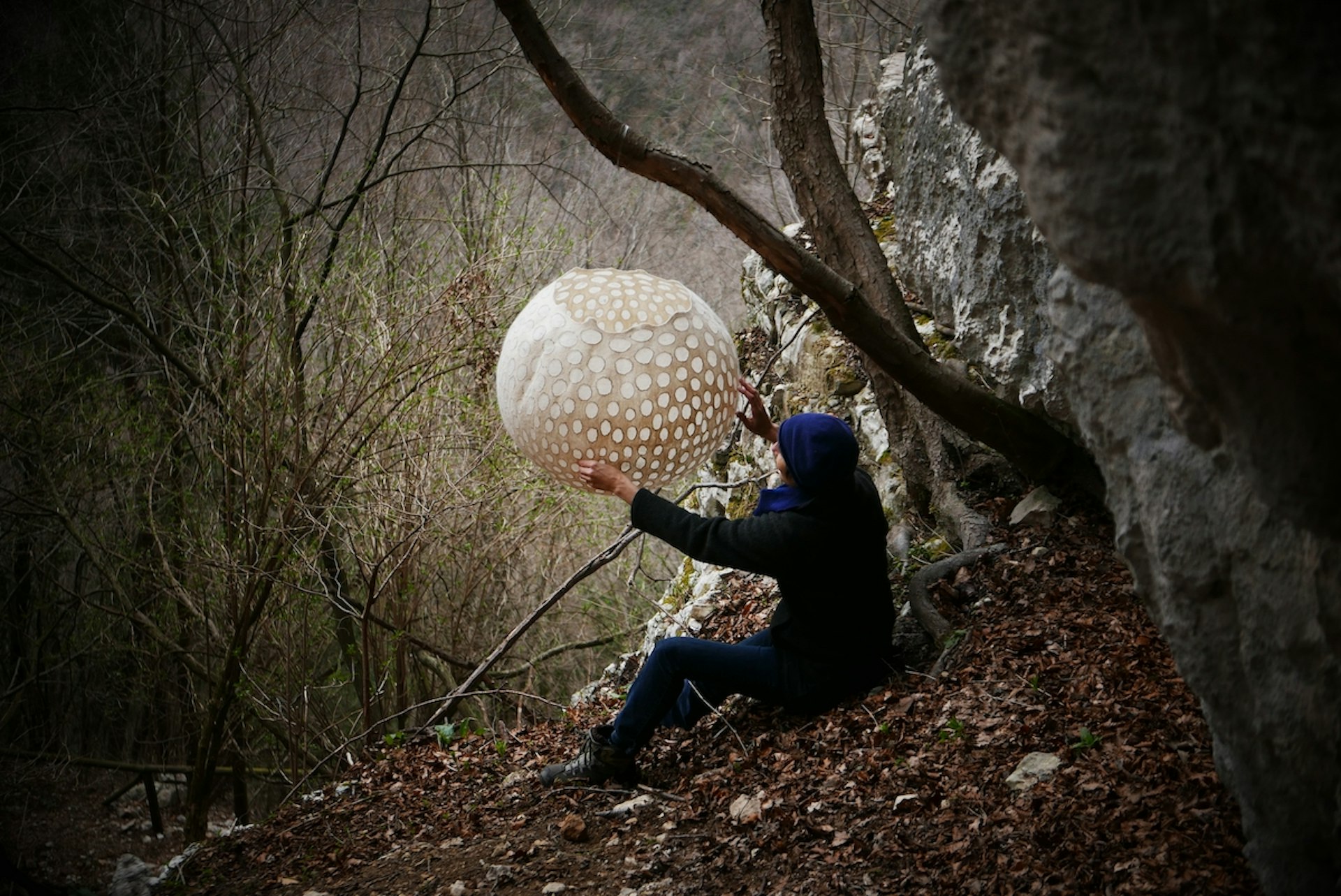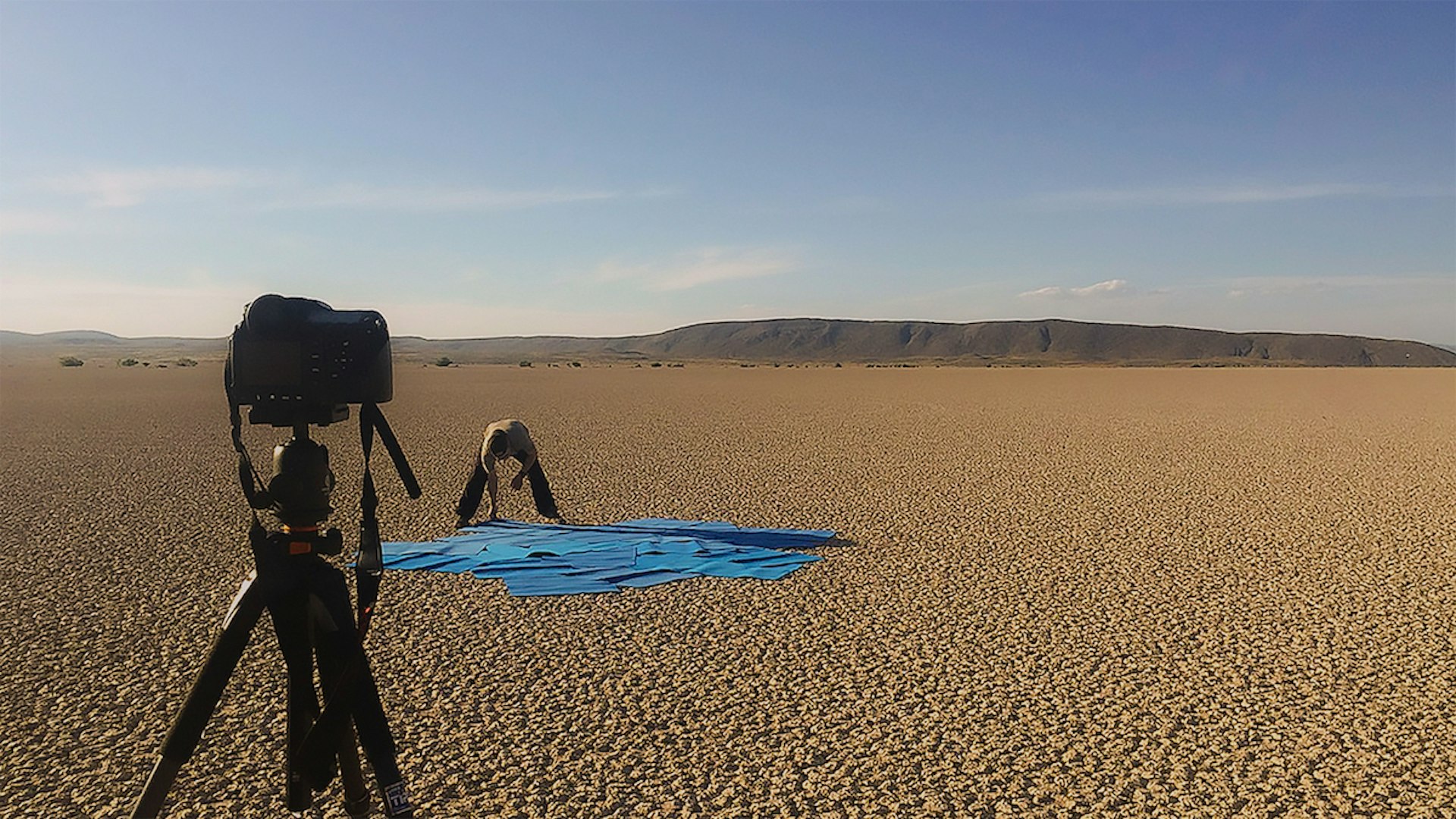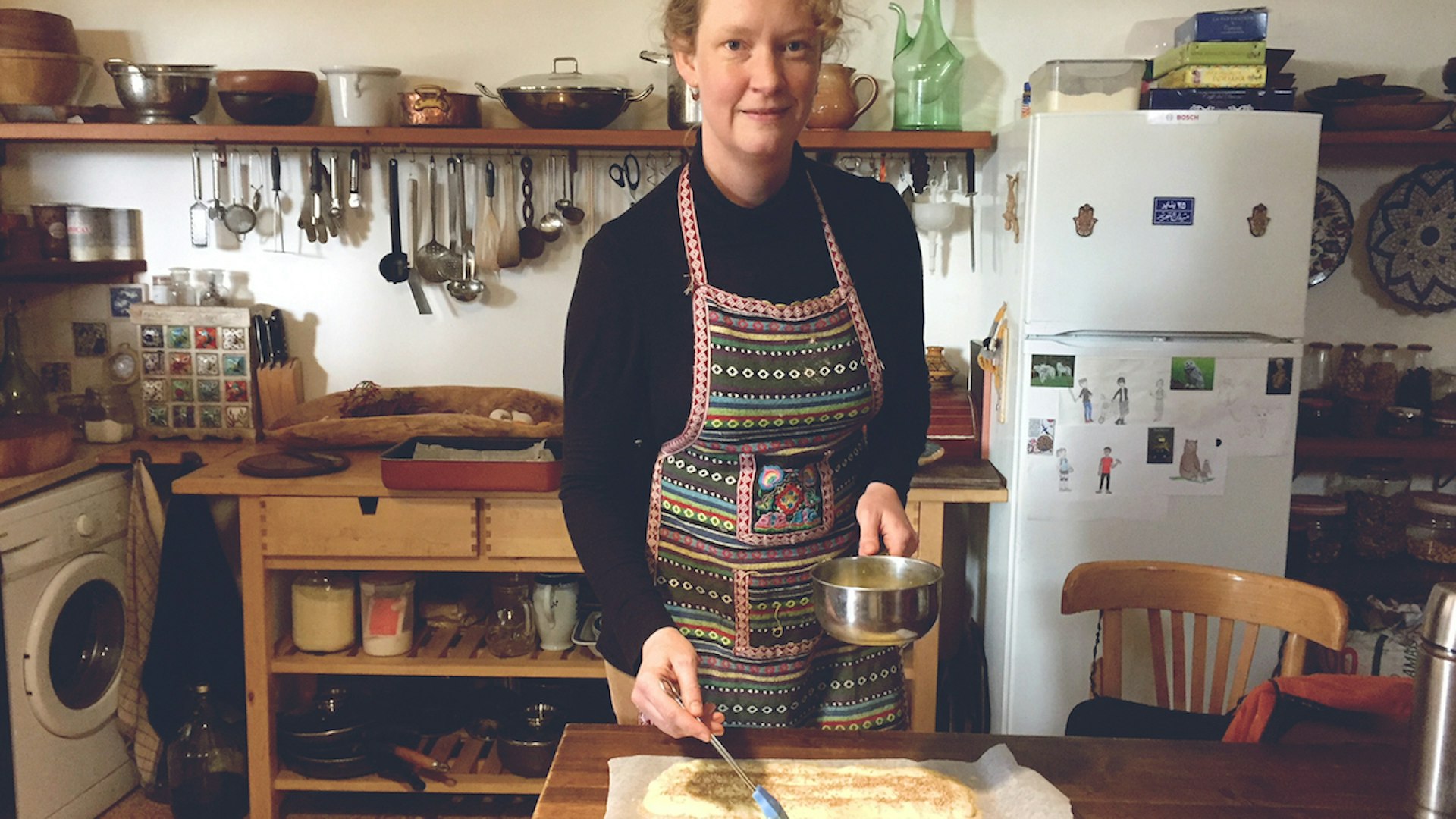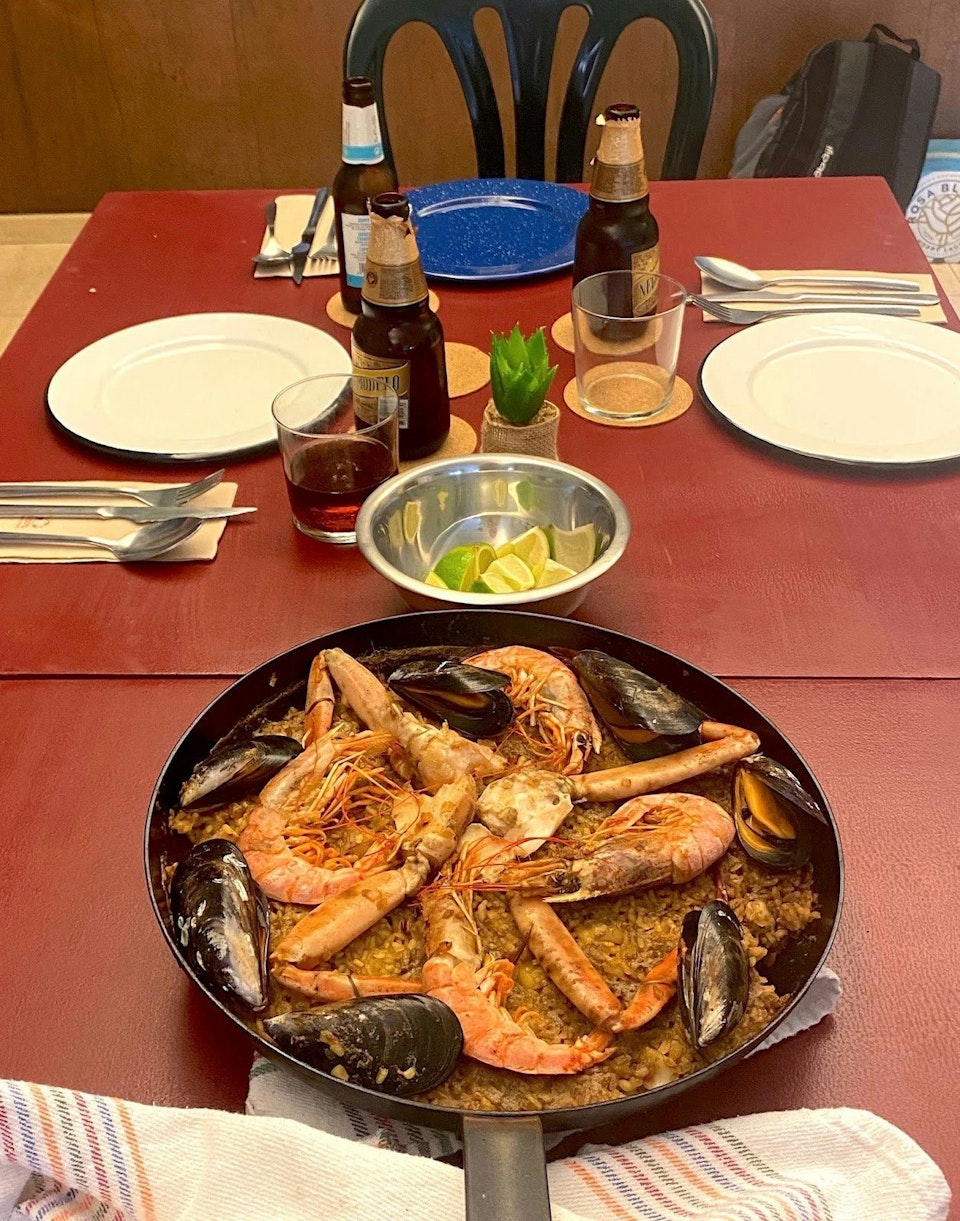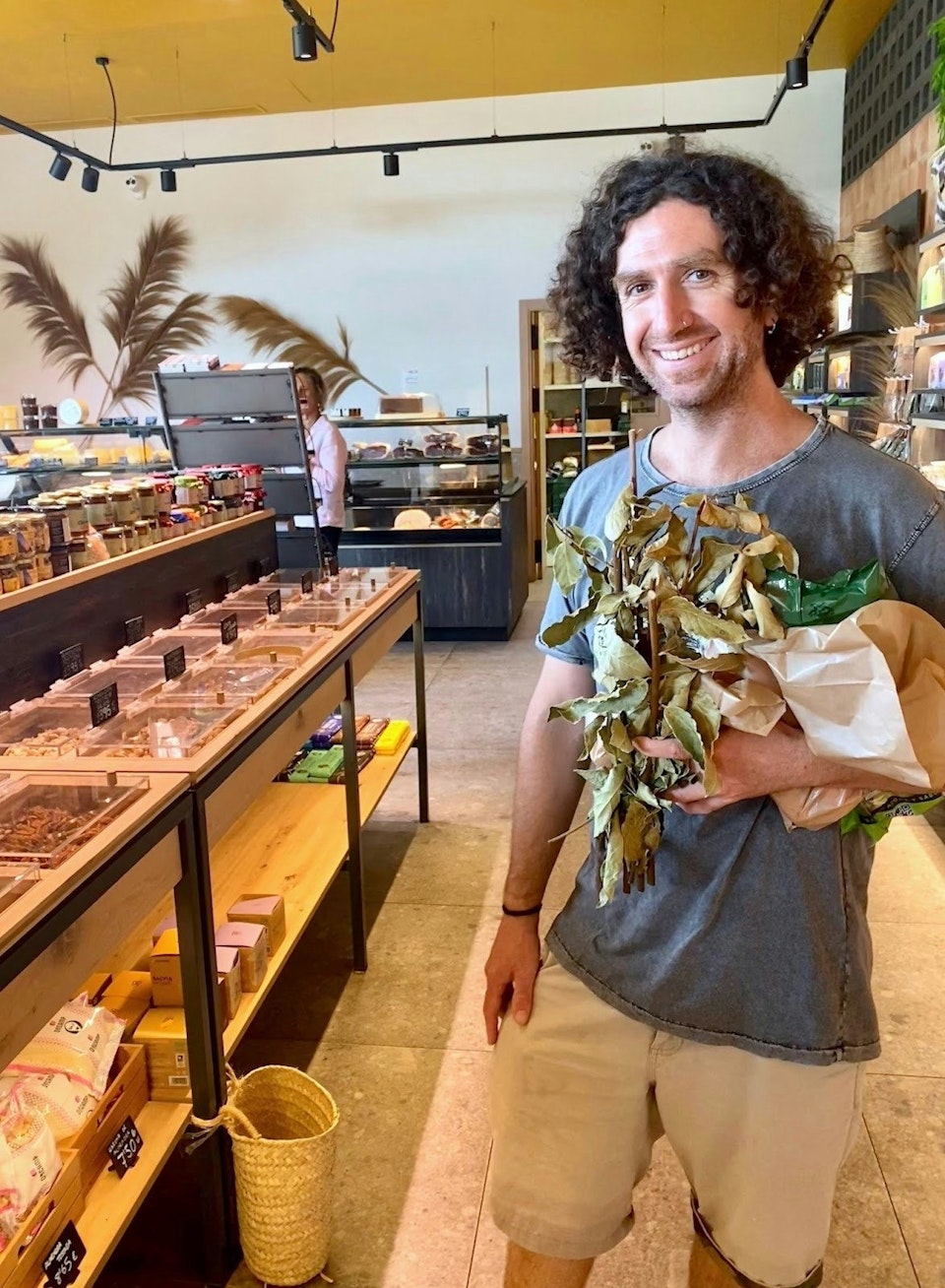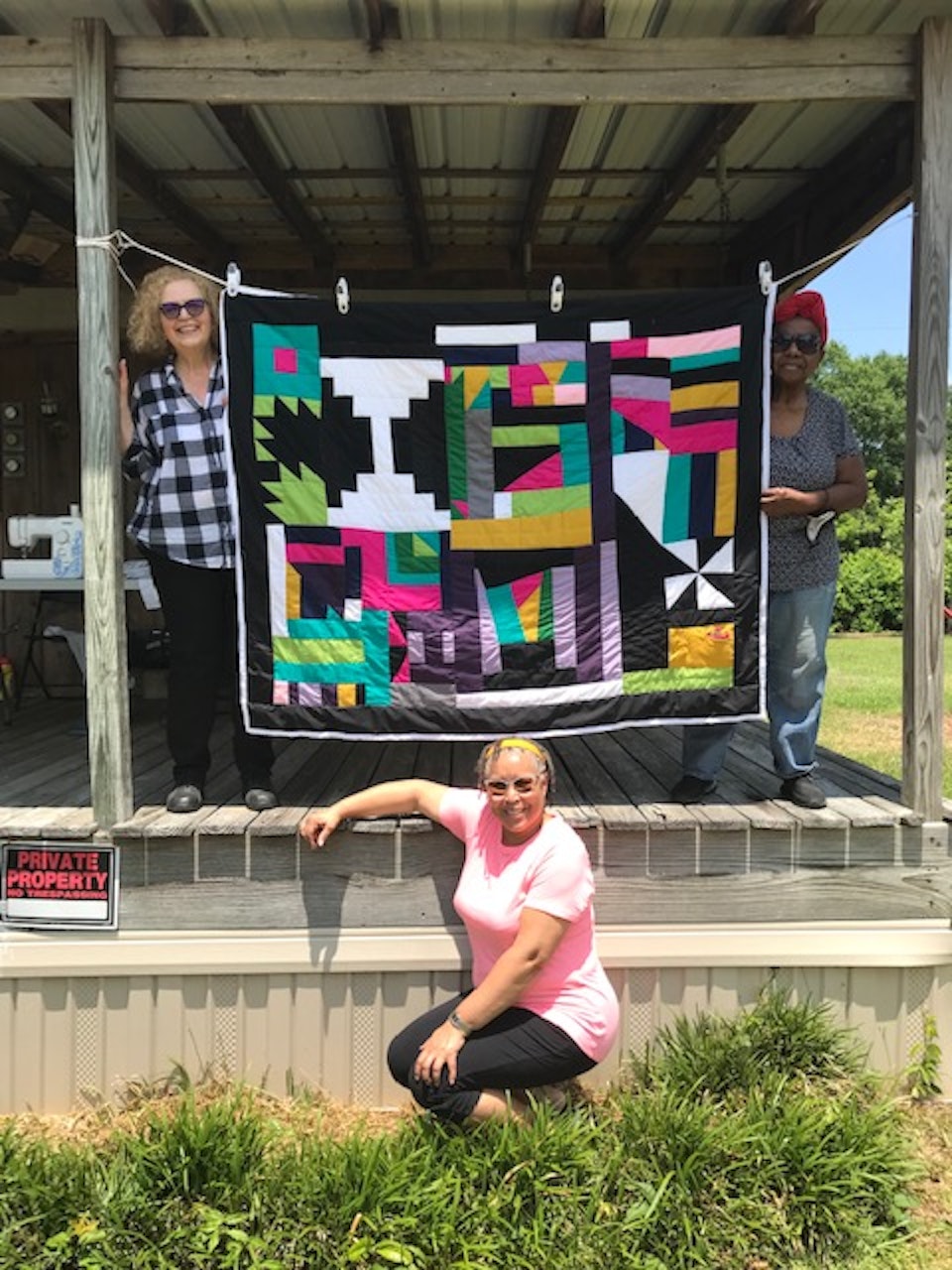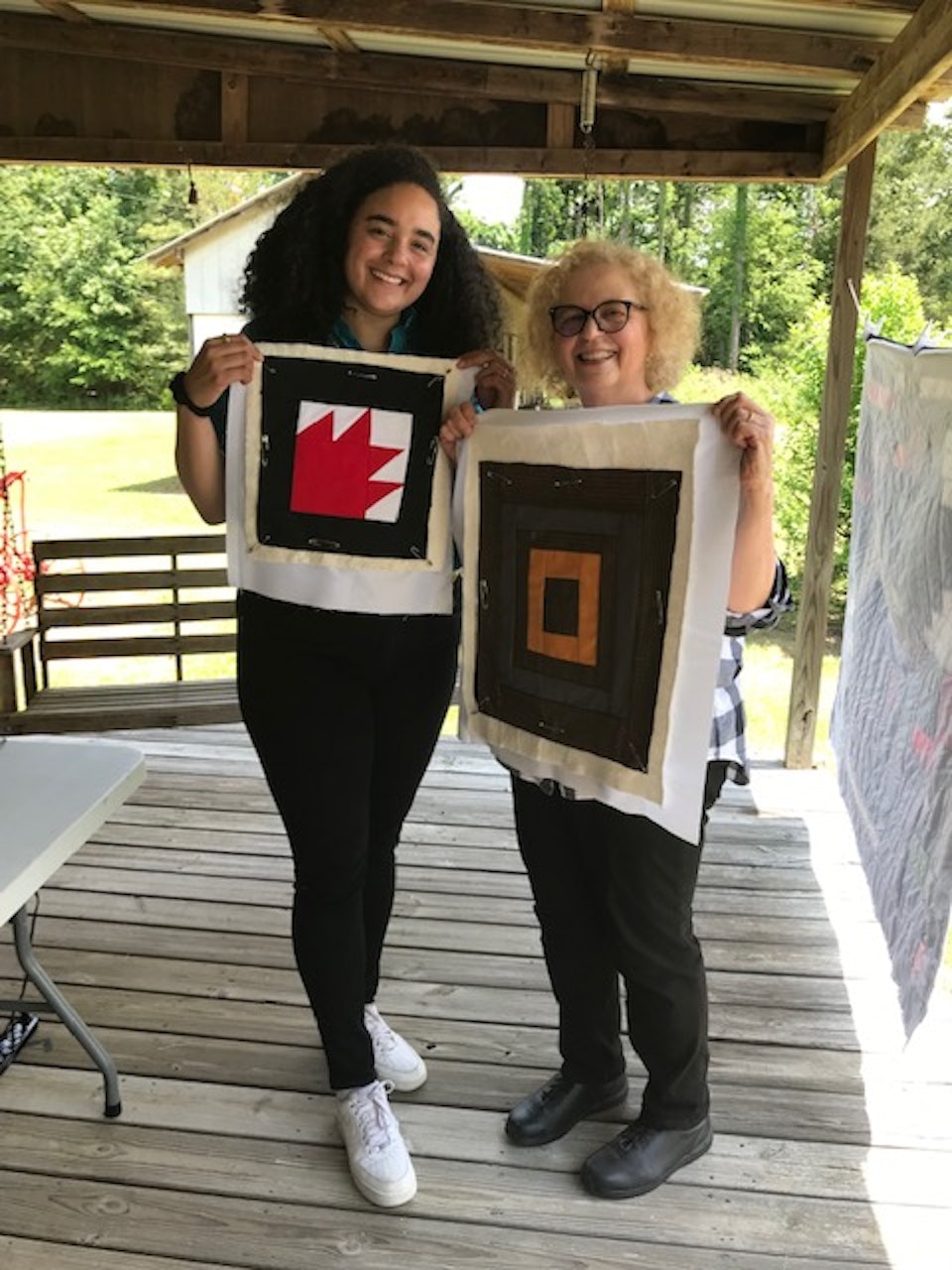February 26, 2024
Nurturing Creativity as a Practice of Self-love
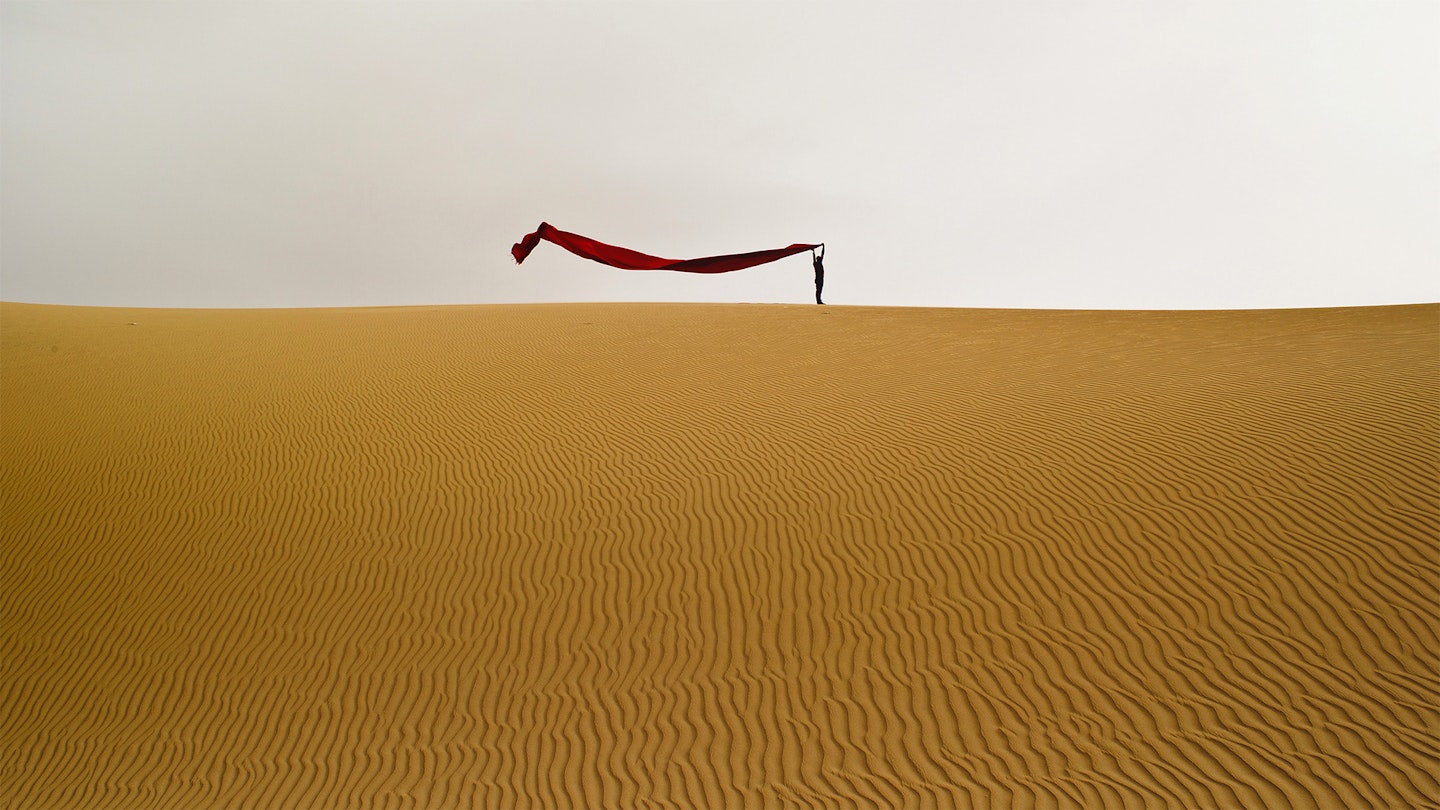
As someone who’s endured the harsh beauty standards of the early 2000s (and all the insecurities they planted), I’m grateful for the new momentum of the self-love movement. Conversations around body positivity and good mental health are breaking through to the forefront—and they’re making a difference. By examining previous thought patterns, self-talk narratives, and self-care practices, we are also invited to heal. To build ourselves up instead of breaking ourselves down. In this practice, there is abundance.
Through working with VAWAA, I’ve been lucky enough to look at the world through the eyes of its master artists and craftspeople. It’s like having a magical eyepiece that restores a balance to a skewed perspective, one that reminds me what’s important. Ultimately, nurturing our own creative expression in our daily lives is one of our best tools to radically and intuitively practice self-love. Here’s why—and how.
Creativity Gets to the Core of Self-love
It’s no secret that creating art and crafting is widely regarded as good for mental health. That unison of mind and body, connecting with our hands instead of being drained by screens, it’s why creativity often comes up in the self-love sphere.
But I also feel as though it’s often relegated to being a side note, an infographic suggestion for calming the mind. I think it’s bigger than that. Humans are naturally inclined to create things. To learn and regurgitate. To feel and express. In, out. Crafting traditions and artistic expressions around the world are like collective exhales.
When we recognize creativity as a vital human process, we find we actually have more agency and purpose in this world than many of us are led to believe. Nurturing our innate creativity can help calm those feelings of widespread depression, hopelessness, despair, and anxiety. When we create, we feel those immediate calming effects as we focus, connecting mind and body. If creativity is at the center of the human experience, then surely it should be at the forefront of the conversation around self-care.
One thing that comes up a lot in self-love practices is performing affirmations to feel more confident and connected to your best self. But spending time creating, learning, and problem-solving affirms us so much more deeply. We don’t truly realize how capable we are, and how great our potential is until we nurture our own creativity. On a larger scale, our perspective on the wider world shifts to reflect the change within, enabling a more positive and proactive approach to life.
Our Bodies Are Vessels!
In the past, I’ve felt reluctant to prioritize art-making. Our lives are increasingly digitized and it’s all too easy to end up stagnated by screens. I’m hyper-aware of the fact that my physical body could always do with more movement. I feel the tension in my shoulders, commute to work noting how fatigued I am, and know there is untapped potential in these muscles, in this entire flow of energy. Motivating myself to sit and paint doesn’t feel conducive to enacting the self-care I feel my body needs.
However, when I carve out the time for my creative practice, I find myself naturally compelled to move and dance around to whatever music I have playing in the background. And in turn, my physical body feels relief. A layer of paint will need to dry and suddenly, I feel there’s nothing better than to move however I please. Between any detailed work on my canvas, I’m intuitively stretching my body, and as I work through any creative ideas in my head, I traverse the room.
The creative journey manifesting through the physical is true for many artists. VAWAA artist Esther, a master of felt fiber art, regularly hikes through her mountainous home in Minceto, Italy. She creates sculptures out of felt that are inspired by the natural world. Immersing herself in nature, she can examine bird nests, budding plants, and seed husks, create palettes inspired by mushrooms, and sketch stunning vistas.
Caption: Esther in the forest with one of her felt creations.
Mexican VAWAA artist Julio has been sculpting with stone in his outdoor wonderland of a studio for over 25 years. Sometimes that means gathering stones from riverbeds and making small exquisite shapes and strange weighty curlicues. But often, Julio is wielding heavy tools, taking a hammer and chisel to hefty rock. It can be an intense physical workout! To balance any strain of labor, Julio can often be found rock climbing. Sometimes, prioritizing creative interests is also putting your physical body first.
Many photographers also have to make a physical journey to capture something and express their creative vision—showing love and care for their bodies in the process. VAWAA landscape photographer Alfredo in Parras de la Fuente, Mexico, has had to make his way through some extreme landscapes on his quests to photograph and share some of the earth’s extraordinary sights. When we prioritize our creativity, we inevitably tune in to the physical vessel that holds its potential, thus taking better care of it.
VAWAA artist and photographer Alfredo at work.
Even in the most practical craft traditions, those that were once widely relied upon for survival —such as boat making, the physical is never untethered to the act of creation. It’s hard but infinitely rewarding work. It requires strength and precision. When Jane visited VAWAA artist and canoe builder Rollin, she was “notching and planing spruce, and planking white cedar” on day one. If you’re unfamiliar with woodworking—that’s something of a workout! And when the job’s done, there is of course a literal vessel for exploration and adventure before you.
Practical Knowledge Nourishes Us
Our nourishment—quite literally, what we eat—is another form of self-love and care, intricately interwoven with the creative. I’ve been lucky enough to partake in some online sessions with culinary archaeologist and VAWAA artist Ursula. She recreates historic recipes, often found on cuneiform tablets, with simple ingredients that are often homegrown. From her cozy kitchen, we learned about the daily life of people in ancient civilizations.
As Ursula kneaded dough, chopped vegetables, and prepared seeds, I journeyed through an ancient Babylonian day and then sat at a Roman table. Amidst all the food reels, channels, and competitions, slowing down felt like a sigh of relief. Focussing on one ingredient at a time, where it came from, and how it historically nourished people’s daily lives only added more to my kitchen. Not to mention, the aromas and flavors tickled all my senses, bringing me deeply into the present moment.
A peek into Ursula’s trullo kitchen.
No longer fearing the weekly food shops and endless aisles of choice, I gained a new appreciation for locally sourced ingredients—and how to nourish myself. I can now embrace a more simplistic meal regularly and appreciate everything that goes into it. That’s not to say historical cooking is boring. Ursula showed us how to make pasta from an ancient Arab recipe and sweet energy bar-esque snacks that fueled gladiators.
In the past, I’ve forgotten that food is an ancient human craft, rather than a product. It’s one that, done well, can supercharge your life. Browsing the cuisines of the world and exploring how their traditions have developed can inspire positive change in a way that doesn’t feel like work. It can help us regain our connection with the earth, and disconnect us from unhealthy ‘convenience’ based systems. This doesn’t mean growing all your own food, it can just mean chopping up carrots or choosing spices and feeling connected to those plants, how their history is intertwined with ours.
“My favorite experience was hearing the passionate opinions of Mallorcans on how to prepare paella.” - Mary on her VAWAA with Benjamin.
I love learning about the cultures of the world through its cuisines, starting with the craft of the kitchen—the heart of the home. Some may say the foundation of self-care is food. Our most basic necessity, it has evolved and transformed again and again based on discoveries of what simply tastes good. People figuring out that this tastes good with that, or that this is the tastiest way to prepare it, then sharing it with others. Learning to cook is learning how to take care of ourselves.
When I’m feeling burned out, overwhelmed, or simply that the tank is empty, the kitchen is a good place to start. I look to whichever kitchens of the world are inspiring me that day, and have a go creating something that fills me up. Now that I’m on the other side of 25, dinner parties are becoming a whole lot more appealing, and that old sentiment is ringing true; when your own candle is burning bright, you’re able to share the light with others.
Creativity Connects Us
Looking at all the artist-apprentice pairings that have come about through VAWAA makes me hopeful for the future of craft, and the continued recognition of the value of creativity. When so much is trying to convince us that nurturing our inner artistic is simply a nice-to-have, there are always those who can open the door to the endless possibility of creation—showing its infinite value and worth.
When the artist and apprentice come together, craft secrets and their innumerable benefits are shared. More of us learn how to, metaphorically (and literally), open the door to the heart of the home and make something.
We’re not only practicing radical self-care when we do this, but we’re also honoring those craftspeople who came before us. Craft traditions need to be shared to survive. When you take the time to learn a traditional skill, it honors those pioneers and practitioners who may be long gone. People who dedicated their days and their hands to sculpting clay, turning wood, or weaving fabric—they live on in our education and practice.
Furthermore, our own creativity can help us take care of those around us. Perhaps through a warming, nutritious meal, or a knitted blanket; or in the inspiration that can come from simply looking at something beautiful. Art helps us practice self-love and self-care in a way that connects us not only to ourselves but to the lives of others.
We begin a small journey when we start to create something—and that story mirrors and becomes intertwined with the bigger stories we live or are in some way a part of. We end up not only accepting but celebrating that life is a constant process of us learning and creating; we are both the artist and the apprentice.
Quilts made by Halcyon and Nicole—using fabric from clothes of loved family members—during their VAWAA with Loretta and Marlene.
Written by Kat Odina Ali
Explore all mini-apprenticeships, and be sure to come say hey on Instagram. For more stories, tips, and new artist updates, subscribe here.
